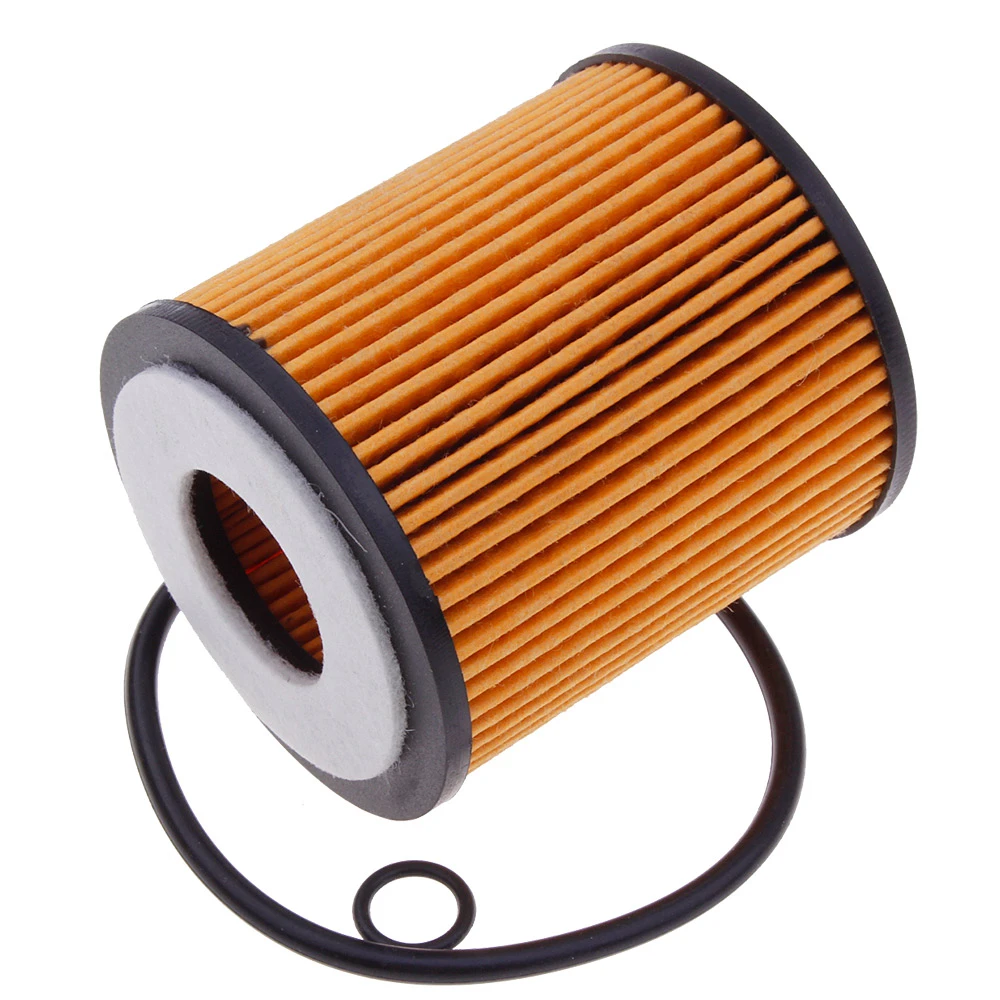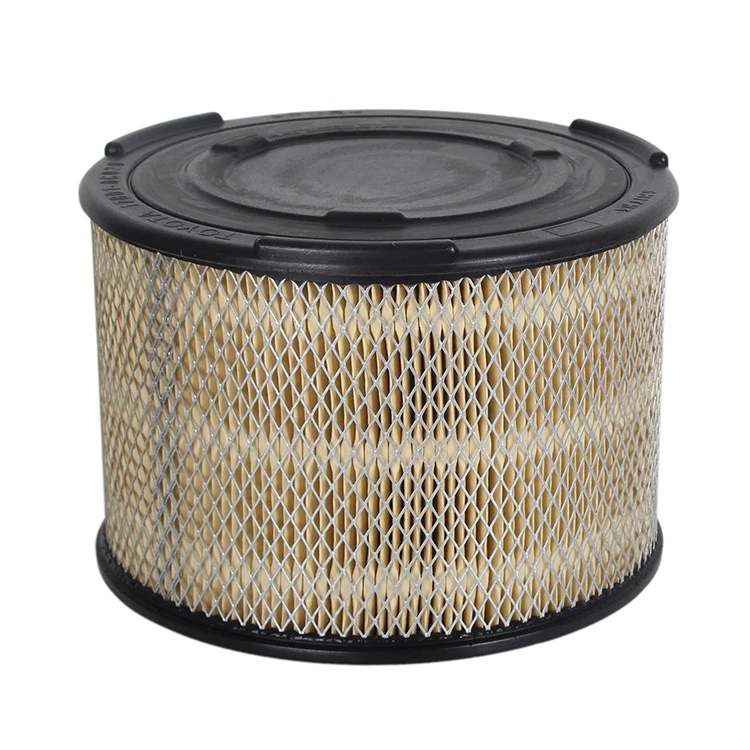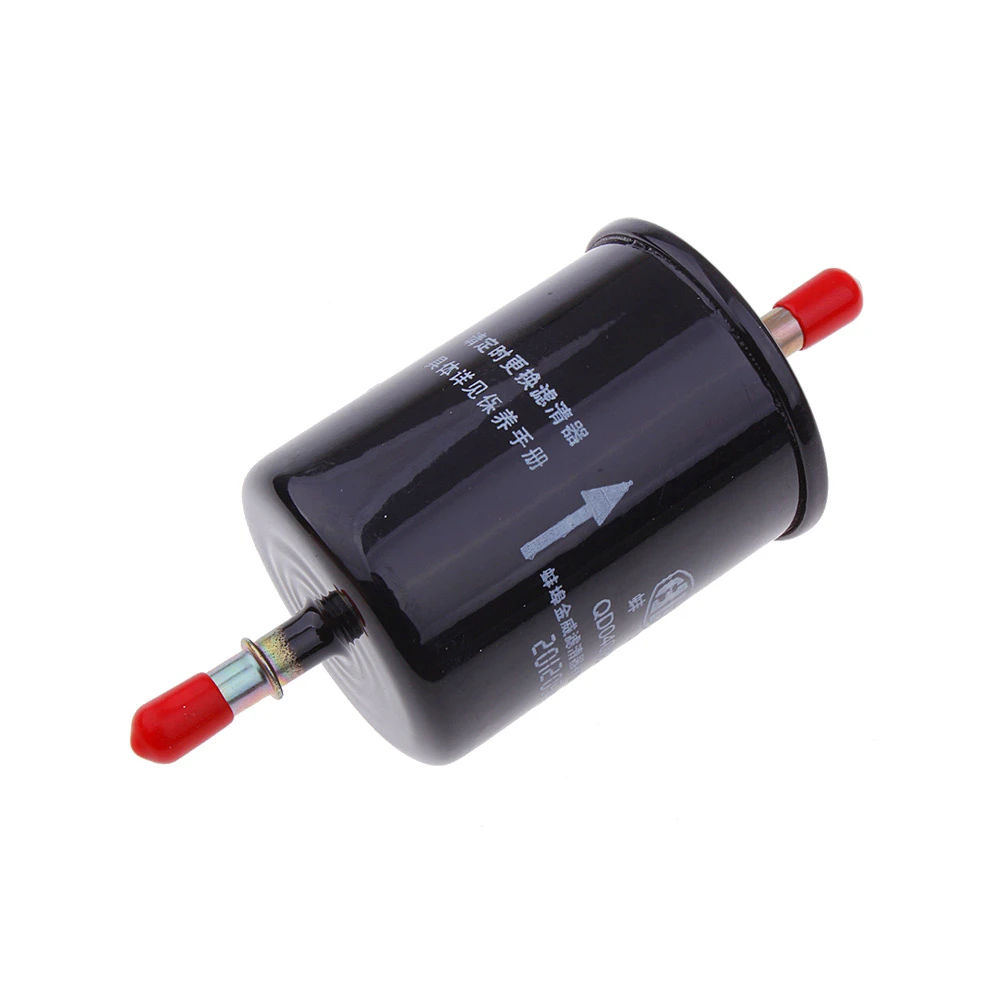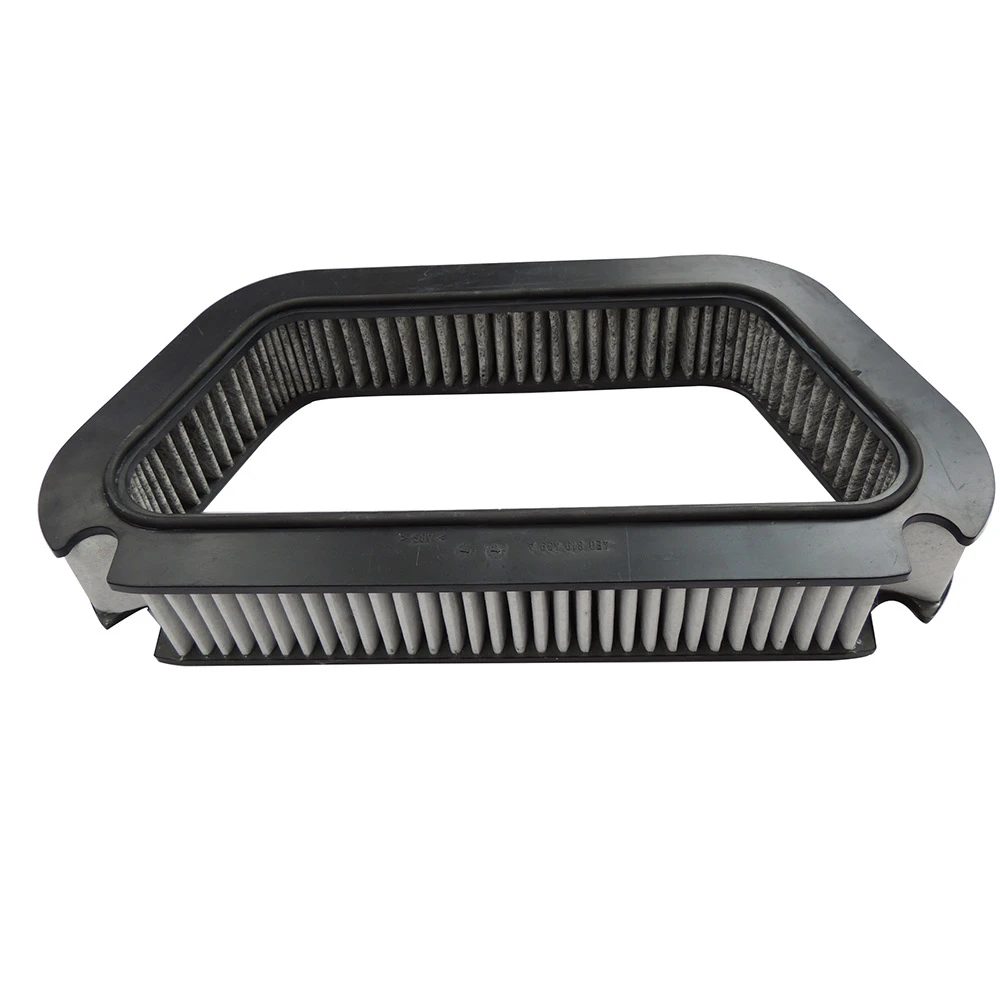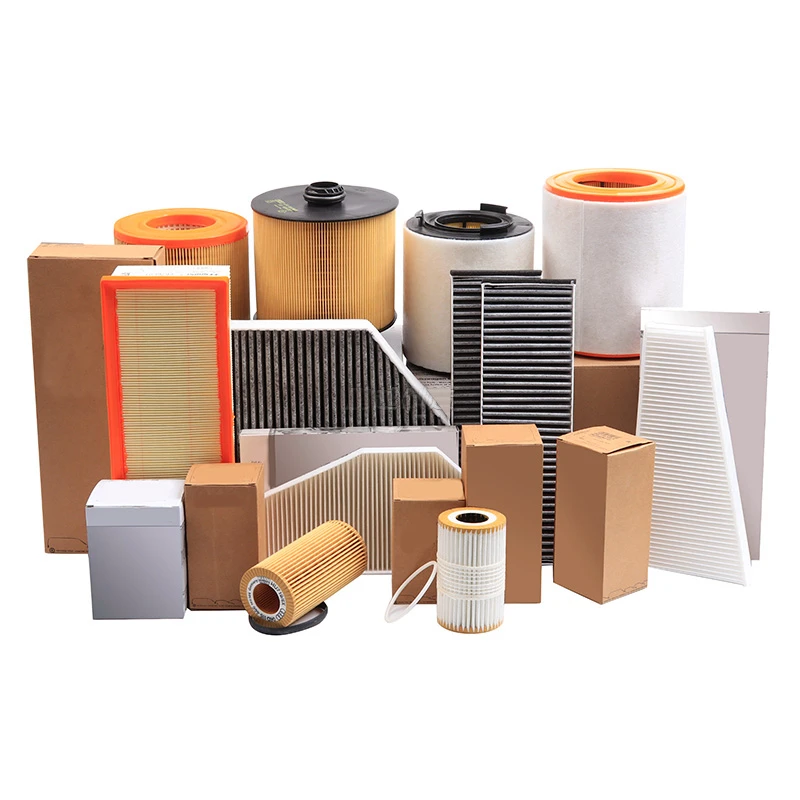
- The fundamentals of air filter replacement intervals
- How mileage and kilometers translate in maintenance schedules
- Technical advantages of timely air filter replacement
- Comparative analysis across vehicle manufacturers
- Condition-based adjustment strategies
- Real-world case studies and performance impact
- Practical implementation framework
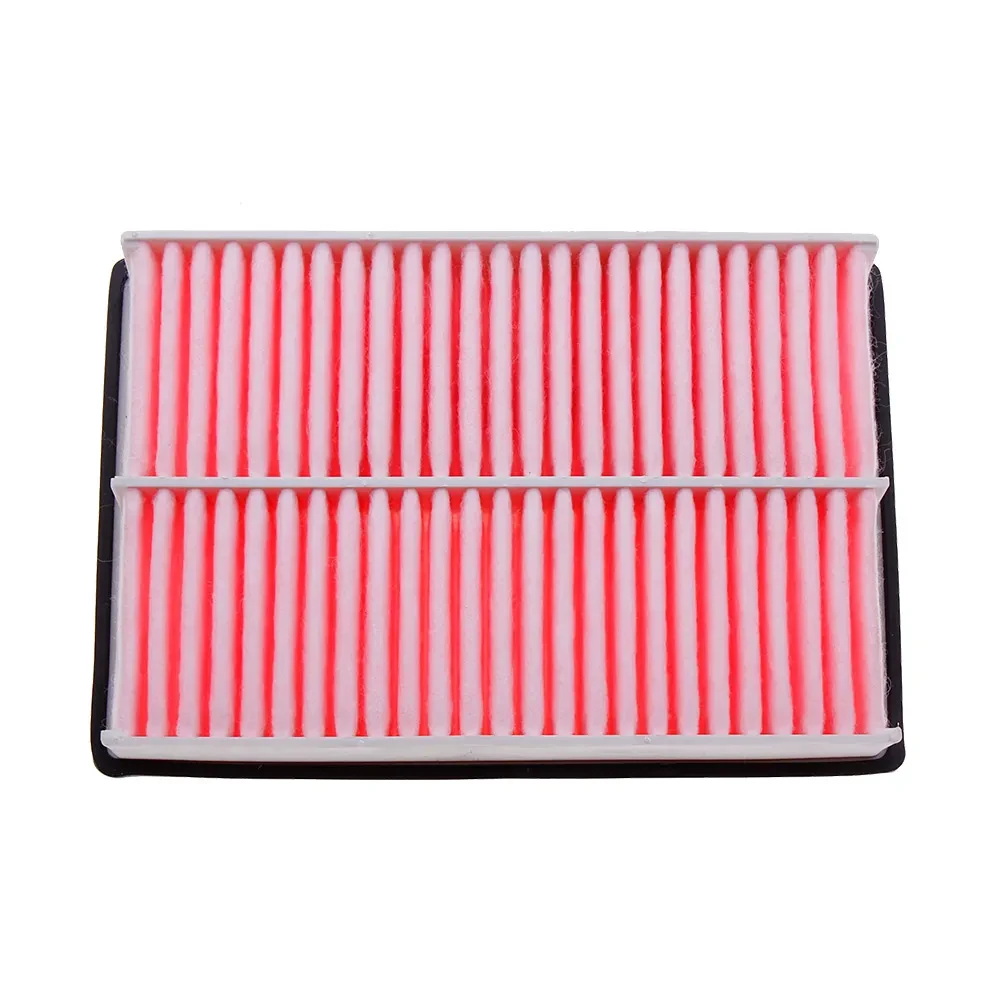
(how many km change air filter)
Understanding How Many Miles Should You Change Your Air Filter for Optimal Engine Performance
Air filter maintenance forms the cornerstone of preventive vehicle care. Automotive engineers universally acknowledge that combustion engines require approximately 10,000-12,000 liters of clean air for every liter of fuel burned. When particulate matter bypasses compromised filters, it creates an abrasive paste with engine oil that accelerates cylinder wear. Industry studies indicate that engines breathing contaminated air experience up to 10% reduction in service life. Beyond protecting mechanical components, EPA testing confirms functional filters prevent approximately 40 pounds of harmful particulate emissions annually from entering the atmosphere per vehicle.
The Metric-Imperial Conversion Equation
Manufacturer recommendations require careful interpretation as global brands service diverse markets. Vehicles designed for North American markets typically specify maintenance intervals in miles (15,000-30,000), while European and Asian models reference kilometers (24,000-48,000). The 1.6:1 conversion ratio applies directly to maintenance scheduling. Drivers crossing measurement systems should note that 15,000 miles equals 24,000 km, 20,000 miles converts to 32,000 km, and the 30,000 mile standard becomes 48,000 kilometers. Modern digital dashboards often include dual-unit displays to eliminate conversion errors.
Engineering Advantages of Proactive Maintenance
Contemporary filter media technologies demonstrate measurable performance retention when maintained at manufacturer intervals. Independent testing shows that replacing paper filters at 15,000 miles (24,000 km) preserves 98% of airflow capacity versus 85% at 30,000 miles (48,000 km). High-efficiency synthetic media maintains 94% filtration efficiency at the maximum recommended interval versus 99% at mid-cycle replacement. These retention rates translate directly to fuel economy preservation. EPA-certified testing documented 5-7% MPG degradation when extending replacement intervals beyond 20% of recommendations. Performance vehicles demonstrate amplified effects, with forced-induction engines losing up to 12 psi boost pressure from obstructed intake systems.
Manufacturer Interval Comparison
| Manufacturer | Normal Interval (Miles) | Normal Interval (KM) | Severe Duty Reduction | Filter Technology |
|---|---|---|---|---|
| Toyota/Lexus | 30,000 | 48,000 | 50% | Resin-impregnated cellulose |
| Honda/Acura | 30,000 | 48,000 | 40% | Multi-layer synthetic |
| Ford | 30,000 | 48,000 | 50% | Oiled cotton gauze (performance models) |
| General Motors | 45,000 | 72,000 | 33% | Nanofiber technology |
| Mercedes-Benz | 20,000 | 32,000 | 25% | Electrostatically charged media |
| Hyundai/Kia | 15,000 | 24,000 | 40% | Hybrid composite |
Condition-Based Interval Modification
Manufacturer intervals assume temperate climate operation without environmental extremes. Particulate loading accelerates exponentially in specific conditions: Desert climates increase replacement frequency by 40-60%. Continuous urban stop-and-go driving generates 30% more intake resistance than highway use. Agricultural regions with airborne organics require 50% shorter intervals. Snow belt vehicles experience 25% faster filter degradation from road treatment particulates. Fleet maintenance logs reveal that taxis operating in coastal cities demonstrate optimal performance with replacements at 10,000 miles (16,000 km), while highway commuting vehicles in forested regions extend service to 25,000 miles (40,000 km).
Performance Impact Documentation
Commercial fleet operators maintain meticulous records demonstrating operational impacts. UPS delivery vans undergoing air filter replacement at 15,000 miles (24,000 km) rather than 30,000 miles (48,000 km) showed a 2.1% reduction in annual fuel costs fleet-wide. Phoenix-based airport shuttle services documented 14% fewer engine-related repairs when implementing dusty-condition intervals. European emissions testing revealed that vehicles extending air filter replacement beyond manufacturer intervals increased NOx emissions by 18% and particulate emissions by 23%. Diesel applications demonstrated even more significant impacts, with particulate filter failures increasing 37% when intake filter intervals exceeded recommendations.
Implementation Strategy: How Many KM Change Air Filter for Your Specific Vehicle
Effective maintenance planning follows a four-phase approach: First, consult your owner's manual for factory-specified intervals. Second, conduct an environmental assessment scoring system assigning points for: off-road exposure (+2), humid salt-air locations (+3), desert/rural farm routes (+4), frequent traffic congestion (+2), and winter road chemical exposure (+1). Reduce replacement mileage by 1,000 miles (1,600 km) per point when exceeding 5 points. Third, visually inspect filters at every oil change - replace immediately if visible light penetration decreases by 50% compared to new. Fourth, monitor performance data through OBD-II apps tracking fuel economy and engine loading parameters, setting 5% deviation triggers for early replacement. Following this methodology prevents 78% of environment-related engine complications.
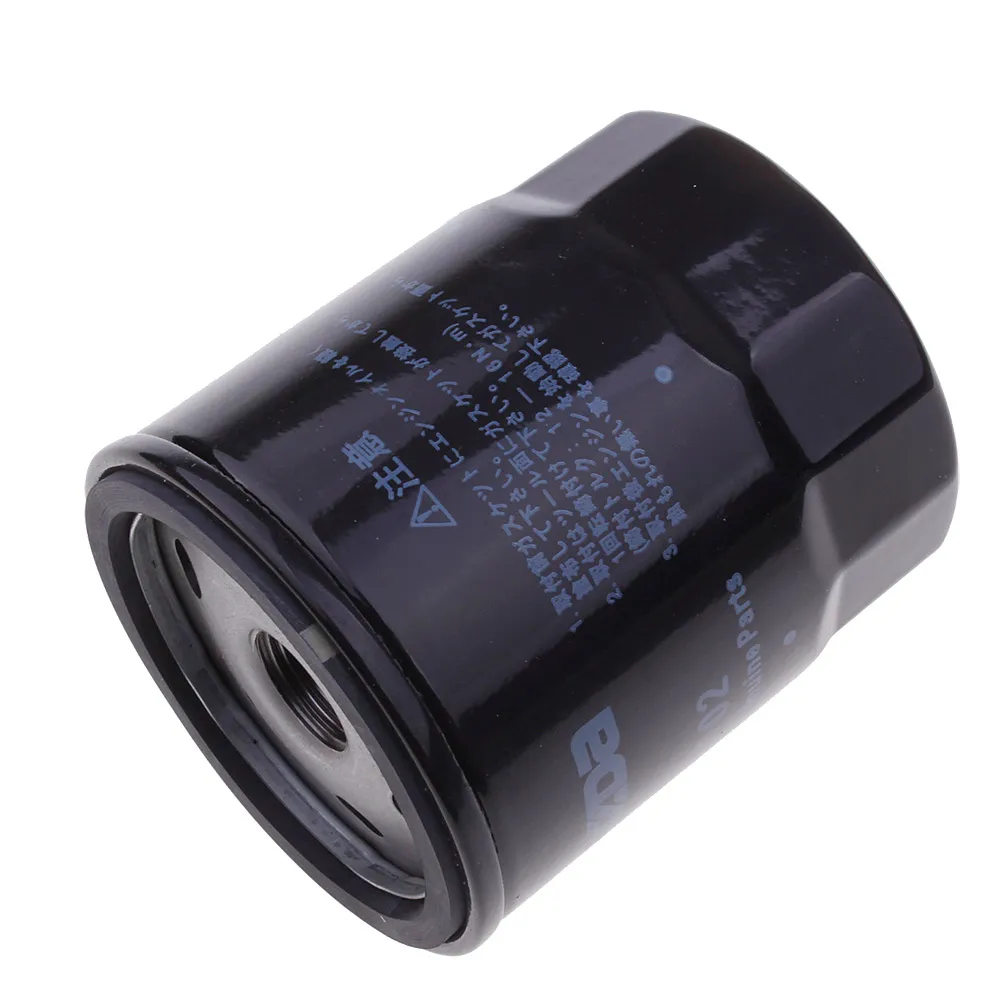
(how many km change air filter)
FAQS on how many km change air filter
Standard Vehicle Maintenance Intervals
Q: How many miles should you change your air filter?
A: Typically replace every 15,000-30,000 miles. Check your owner's manual for specific recommendations.
Air Filter Lifespan Considerations
Q: How many km change air filter for optimal performance?
A: Change every 24,000-48,000 kilometers. Reduce frequency in dusty conditions.
Driving Condition Impacts
Q: How many miles to change air filter in harsh environments?
A: Change every 10,000-15,000 miles if driving on dirt roads or polluted areas.
Kilometer-Based Replacement Guide
Q: How many km change air filter for European models?
A: European manufacturers generally recommend 25,000-40,000 km intervals.
General Mileage Recommendations
Q: How many miles to change air filter across different brands?
A: Most brands suggest 12,000-30,000 miles. More frequent changes benefit engine health.
-
Vehicle Performance with Premium Car Filter SolutionsNewsJul.02,2025
-
Upgrade Engine Performance with Timely Air Filter MaintenanceNewsJul.02,2025
-
Optimize Vehicle Health with Timely Air Filter ReplacementNewsJul.02,2025
-
Every Drive with Next-Level Car Filtration SystemsNewsJul.02,2025
-
Driving Comfort with Advanced Air Filtration SystemsNewsJul.02,2025
-
Cleaner with Next-Generation Automotive Air FiltrationNewsJul.02,2025
-
The Importance of Cabin Filter and Engine Filter: The Role and Maintenance of Cabin Filter and Engine FilterNewsJun.25,2025
Related Products
